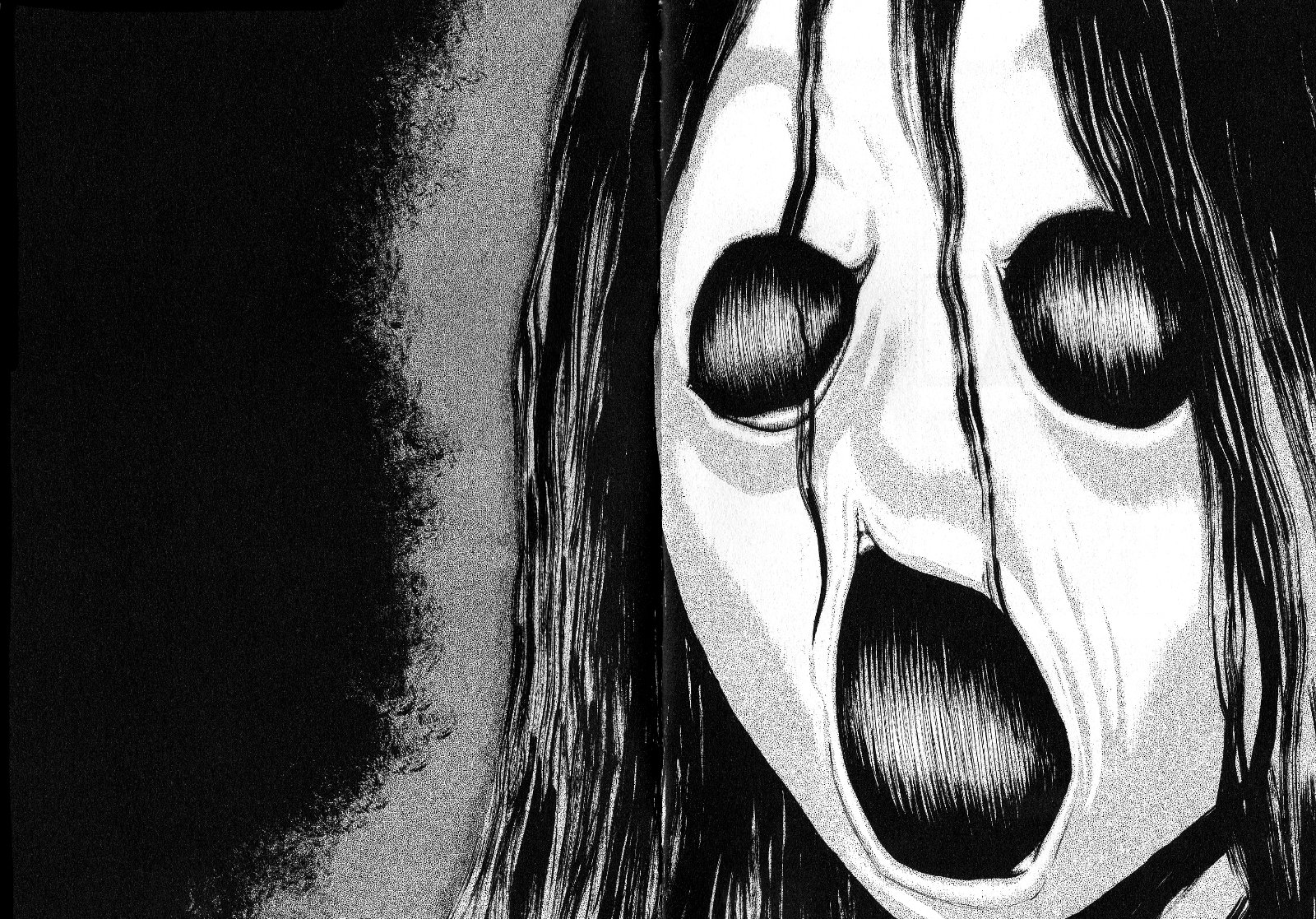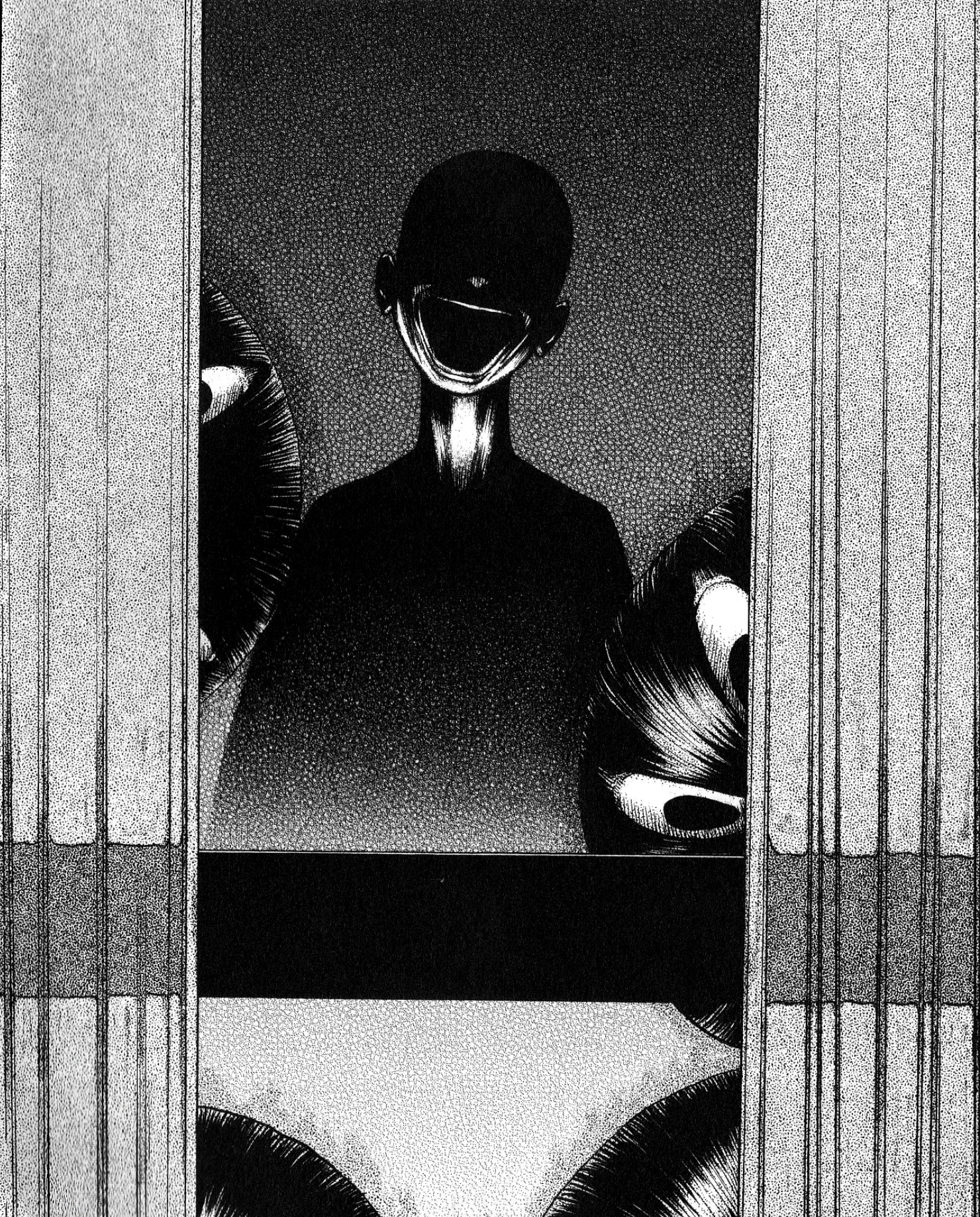Screentone Nightmares: PTSD Radio
Welcome back to Screentone Nightmares. Halloween is two days away and at this point I should be around 50 movies deep in my annual horror marathon. However, let’s carve out a bit of time for the printed page and take a look at another piece of Japanese terror. This time we’re looking at another title from Masaaki Nakayama, the author of Fuan No Tane (Seeds of Anxiety). PTSD Radio, known in Japan as Kouishou Radio or “After Effects” Radio, is similar in format and style to Fuan No Tane, but different in some key ways. This manga started publication in 2010 and is currently ongoing in a magazine called Nemesis. There are six volumes of the officially translated manga available in America but it seems we are nearing two years without any updates whether those be fan translated or official. I’m not sure if the manga is on hiatus or what but the status will require further investigation. This review only covers my knowledge of volumes one through three.
In a lot of ways, and certainly if you’re coming to this manga after reading and loving Fuan No Tane like I did, PTSD Radio is similar to its predecessor. On one level it's an anthology manga of short horror vignettes dealing with a lot of the same subject matter. But now, there are recurring themes, images, and characters. As you traverse these volumes a story, of sorts, begins to develop. It’s not an entirely coherent story and it’s not one that seems to have a beginning or an end yet, but there’s an interconnection to everything that’s happening. A little girl weeps as her grandmother cuts off all of her hair, shaves her bald, while explaining that it’s for her own good. At certain ages she absolutely must shave her head. Years later, all grown up, she sits on a train with a full head of long hair and turns to the window to see a bald reflection staring back at her. For a moment she is frozen in horror. Then something grabs her hair and won’t let go. The reflection distorts into a grotesque mask of terror. In an older era a daughter takes her dead mother’s hair to a strange statue, seals it in a box, and offers it to the gods. In modern day a group of children uncover the strange statue in their town, buried by weeds and bushes. A young boy is bullied at school and before long his bully descends into madness, scribbling incoherent prayers to the “god of hair” on any surface he can get his hands on. In another scene we see the bullied boy uncover the strange statue before he is overcome by shadowy hands. Strange insectoid creatures crawl into the mouths of sleeping people, a woman is plagued by the ghost of her grandmother, a man finds a strange girl on the side of the road with too many teeth. All of this, all these disparate yet seemingly related events, hinging on shared symbols and characters, skipping back and forth through time. History and legend and curse mingle into an ominous whirlwind that will have you reading, backing up, reading again, trying to string all of this together.
This is an incredibly evocative work. Where Fuan No Tane was slow, lazy, spooky reading, this one is sinister, claustrophobic in its brevity, and esoteric in it’s motifs. Fuan No Tane felt highly relatable in it’s exploration of commonplace fears but here, it’s like I’m missing something whether it be culturally or spiritually. But maybe not. Maybe this is just as dense and bizarre to Japanese readers as well. Either way it’s incredibly fun and it pulses with an audible and fast paced heartbeat. A lot of the symbolism is reminiscent of other Japanese horror media and legend: hair figures prominently in the imagery of works like Ringu and Kwaidan (based on the 1900 collection Shadowings, itself based on older Japanese folktales). Curses and ghosts are prominent in modern films like Ju-on and Noroi. The insertion of folklore into Nakayama’s formula adds such an intriguing level of mystery and spiritual awe to the work. I’m truly impressed and hooked with this series. All I want to do is re-read, piece together the narrative, find all of the little connections and fit them together like a puzzle. It almost feels like an interactive piece of fiction. Nakayama is a truly skilled storyteller. In my research and perusing on Fuan No Tane I encountered a lot of detractors who found that work to be lacking in story and tension because of its imposed length and style. Those naysayers would do well to pick up PTSD Radio and see how a master weaves myth and unease into a truly stunning tapestry. I will report back when I have hammered down the next three volumes and maybe we can look at a clearer view of the story.
Read more Screentone Nightmares within the Museum of Macabre Media on Monsters, Madness and Magic here - Beyond the Bad Dream

























